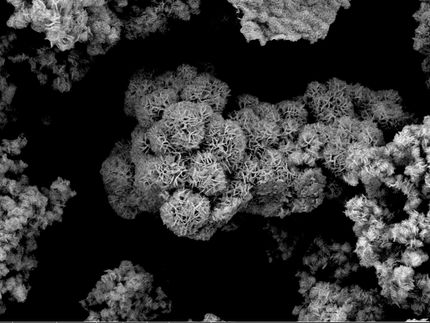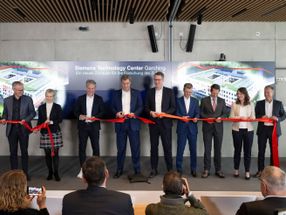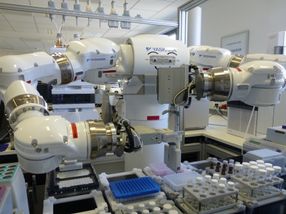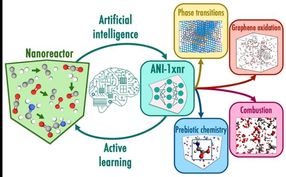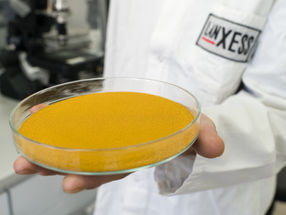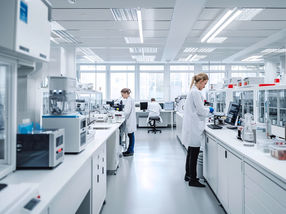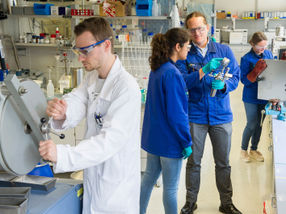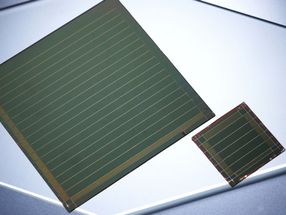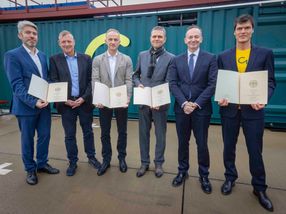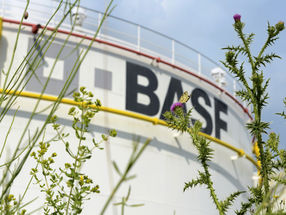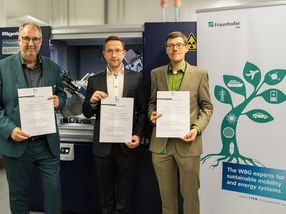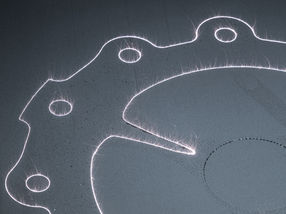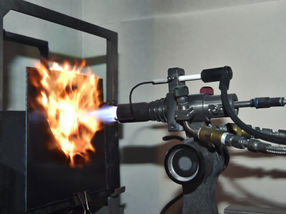Osaka Gas and Süd-Chemie start joint venture in area of fuel cell technology
14-May-2002
Osaka Gas, Osaka/Japan (OG) and the SÜD-CHEMIE Group, Munich/Germany through its affiliate Süd-Chemie catalysts Japan (SCJ) reached an agreement on a comprehensive business tie-up for reforming catalyst technology for fuel cells. OG and SCJ will cooperate for the development, manufacture, supply, and sale of catalysts for a reforming system for fuel cells including the joint development of next generation catalysts until 2004.
By a reverse reaction of the electrolysis of water, a fuel cell is structured to generate electricity by combining hydrogen and oxygen. Its power generation efficiency is as high as 40% to 60%. A fuel cell allows the recycling of exhaust heat. Therefore, it is an efficient energy-saving power generation system, which contributes to the reduction of carbon dioxide emission. Its nitrogen oxides (NOx) emission level is very low, and its exhaust is free from sulfur oxides (SOx). Moreover, a fuel cell in operation does not generate much noise or vibration. The early, practical use of a fuel cell as an environ-ment-friendly power generation system for the next generation is highly expected.
The proton-exchange membrane fuel cell (PEFC) and phosphoric- acid fuel cell (PAFC) are types of fuel cells. The PEFC operates at low temperatures and allows ease of use. The PAFC is the most technically advanced fuel cell. Among all types of fuel cells, which use hydrogen as fuel, the development of the PEFC, in particular, as a compact system for automobile and home use is making progress. The system, however, re-quires the solution of the following problems in order to change natural gas and petro-leum oil as materials into hydrogen.
(1) Improvement in catalyst durability
A countermeasure against catalyst deactivation is required, because the deactivation occurs due to the accumulation of sulfur contained in the feed etc.
(2) Size reduction
The system needs to be installed in space-restricted areas. Therefore, the system needs to operate with a small quantity of catalyst.
(3) Economic catalysts
For the purpose of wide-range installation of the system, not only a reduction in catalyst volume but also a more economic catalyst is necessary.
Generally, a stationary fuel cell must ensure a minimum durability of 90,000 hours (i.e., 10 years) for practical use. Only two fuel cells meet this requirement in the world. One of them is an on-site PAFC cogeneration system equipped with Osaka Gas's reforming system. The on-site PAFC cogeneration system was jointly developed by three major gas companies in Japan (i.e., Tokyo Gas, Osaka Gas, and Toho Gas) and Fuji Electric. The other one, which is equipped with a reforming system in which the SÜD-CHEMIE Group's catalyst was employed, was developed by an American leading manufacturer of fuel cells.
Within this cooperation both companies that have already demonstrated the long-time durability of the PAFC will improve the technology jointly thus develop a compact and economic next generation catalyst that will endure repetitive start-up, stop operations, and establish a global standard of the PEFC.
In future, the downsizing technology of the reforming system supported by Osaka Gas's unique high-performance desulfurization technology will be combined with the SÜD-CHEMIE Group's sound technology supported by its advantage in base metal catalyst, and both companies will make progress toward a decrease in catalyst cost and the further downsizing of the reforming system. Furthermore, they will make effort toward the realization of economic total systems with highly efficient power generation along with the early commercialization of fuel cell products including PEFC.
Most read news
Topics
fuel cells
Süd-Chemie
Osaka Gas
hydrogen
gas
sulfur
catalysts
water
Tokyo Gas
solution
reductions
recycling
phosphoric acid
oxygen
nitrogen
metal catalysts
Environ
electrolysis
carbon dioxide
Organizations
Süd-Chemie
Other news from the department research and development

Get the chemical industry in your inbox
From now on, don't miss a thing: Our newsletter for the chemical industry, analytics, lab technology and process engineering brings you up to date every Tuesday and Thursday. The latest industry news, product highlights and innovations - compact and easy to understand in your inbox. Researched by us so you don't have to.
